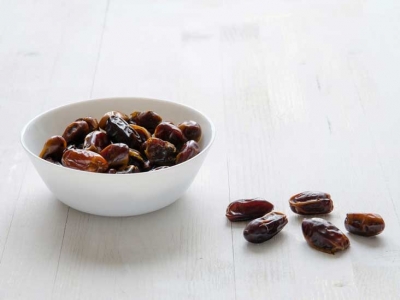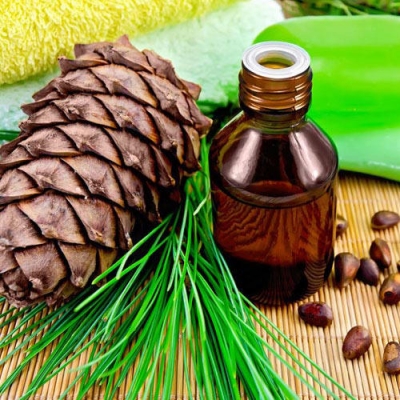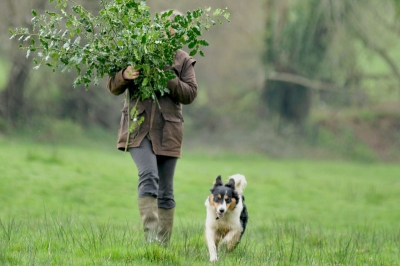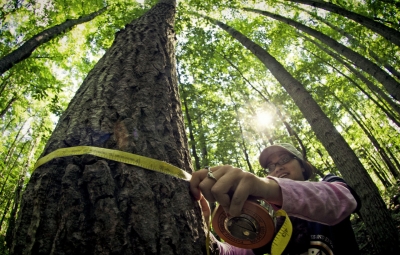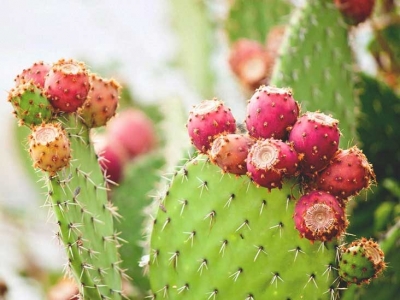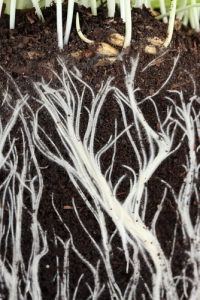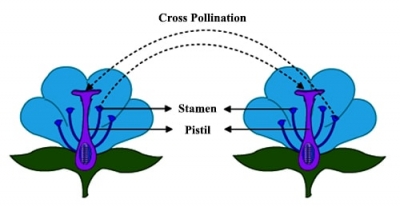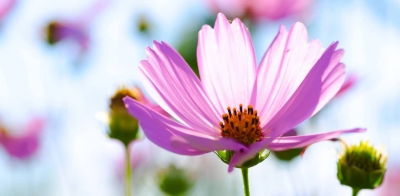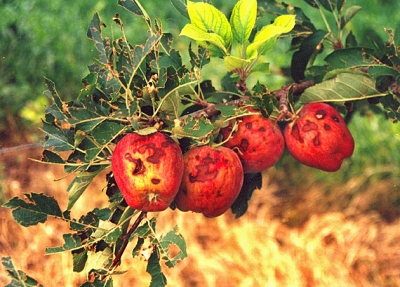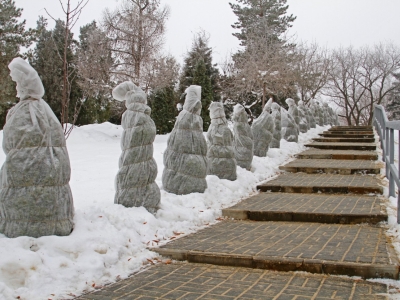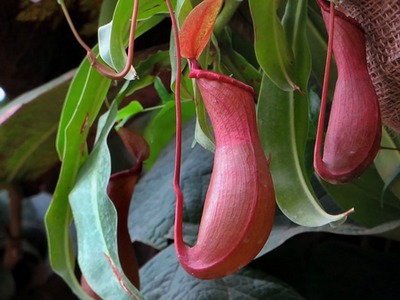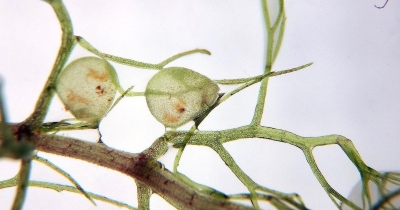What is a difference between seals and sealions?
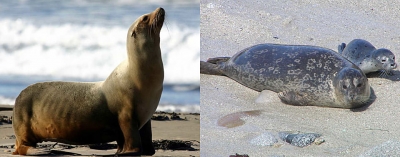
Many varieties of seals live beyond the Arctic Circle. All these animals have short necks and no external ears. It is this latter feature that distinguishes true seals from sealions which have prominent ears.
Seals range in size from the little fresh-water seal of Siberia, about one metre long, to the enormous sea elephant of the subantarctic regions, which can grow to 6 meters in length.
The most common type of seal, however, grows to a length of just over 2 metres. Its fur is brown or yellowish with dark patches. The seal’s hind legs are part of its tail and cannot its body along in a clumsy manner when on land.
On the ice the animal is not awkward and it slides along for considerable distances. But the seal’s true element is the sea for this animal is an extremely skilful swimmer and dives at the slightest sign of danger.
Picture Credit : Google

